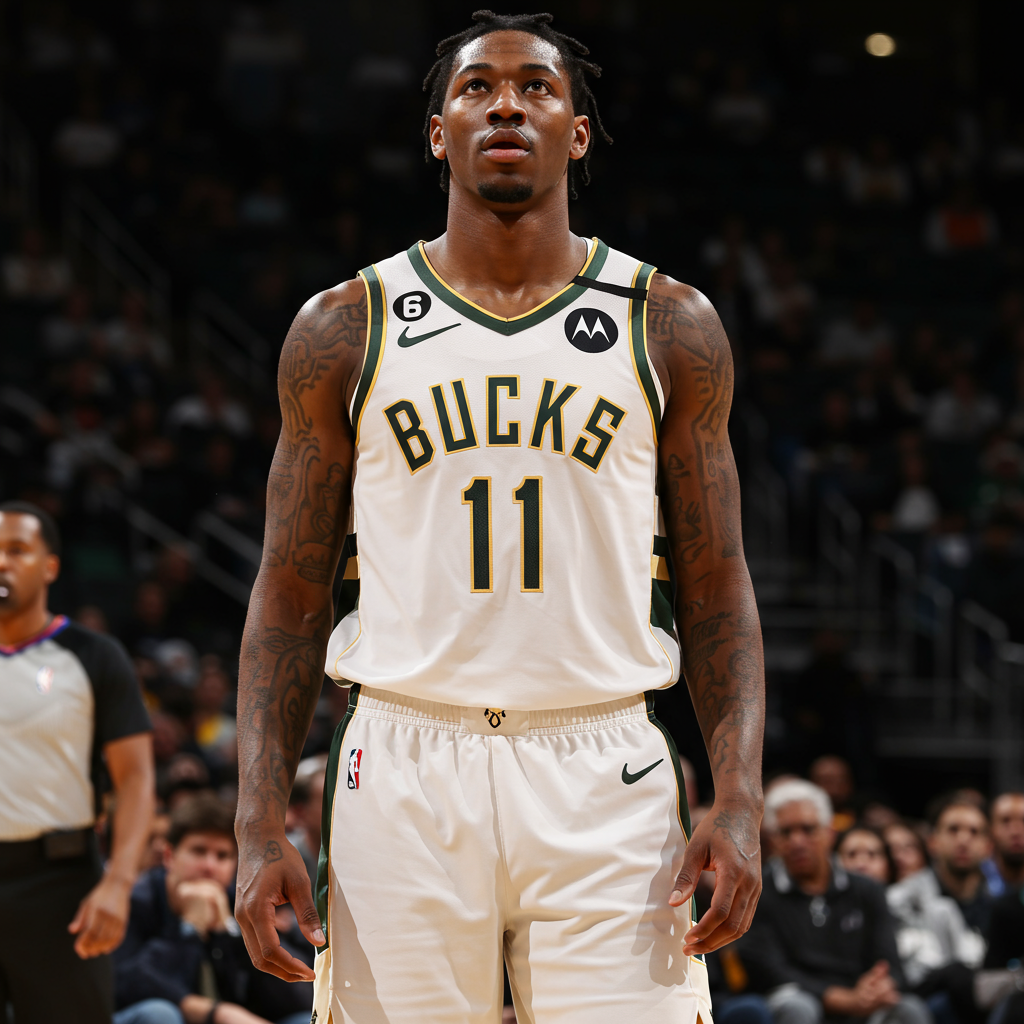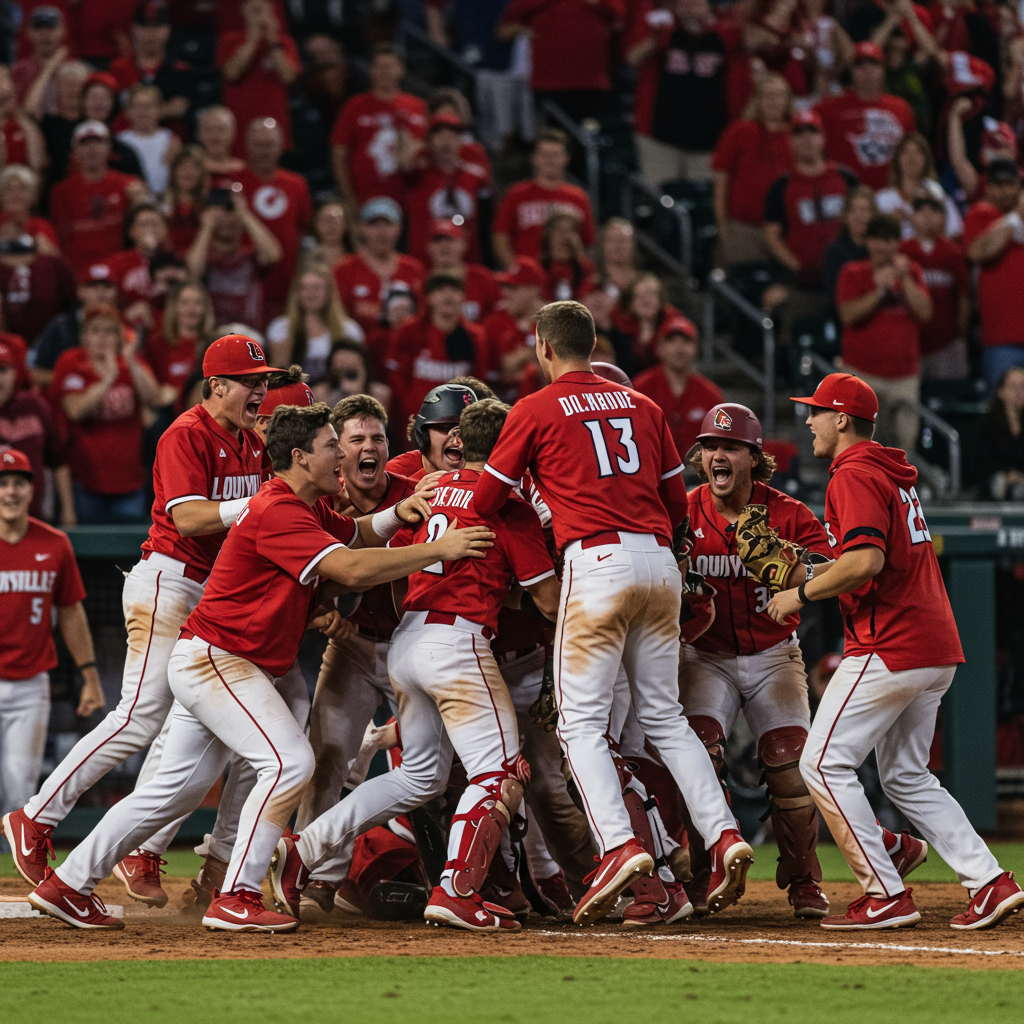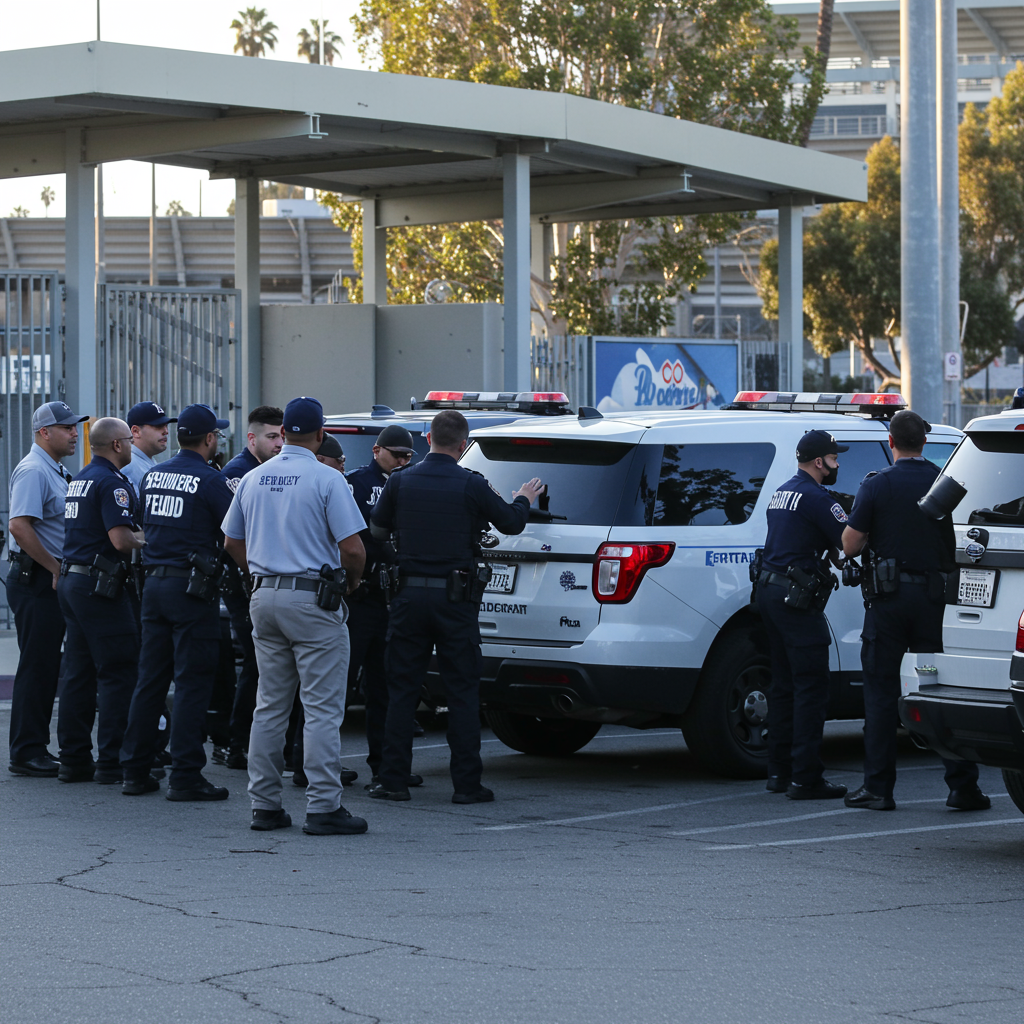A seismic shift just rocked the NBA landscape, particularly shaking the foundations in Indianapolis. Myles <a href="https://news.quantosei.com/2025/07/02/marner-traded-to-golden-knights-by-maple-leafs-signs-8-year-96-million-contract/” title=”BREAKING: Marner Traded to Vegas, Signs Huge M Deal”>turner, the longtime heart and soul of the Indiana pacers, has stunningly departed, signing a lucrative four-year, $107 million contract with the division-rival Milwaukee Bucks. This move marks the end of a decade-long tenure in Indy for the 29-year-old center, a conclusion few expected even amidst years of trade speculation. That Turner left wasn’t entirely unforeseen given his pending unrestricted free agency, but his destination — Milwaukee — feels like a gut punch to the Pacers organization and fanbase. The story behind this stunning move isn’t simple; it’s a complex, unfortunate sequence of events triggered by an injury in the most critical moment.
The Domino Effect Starts with an Achilles Tear
The Pacers’ dreams of an NBA championship came crashing down in Game 7 of the Finals against the Oklahoma City Thunder. While losing Game 7 on the road is painful, the true devastation wasn’t the loss itself. It was the brutal injury suffered by Tyrese Haliburton, the team’s undeniable superstar and offensive engine. Just seven minutes into that decisive game, Haliburton tore his right Achilles tendon. This catastrophic injury instantly altered the trajectory of the Pacers’ offseason and, crucially, their ability and willingness to retain their starting center, Myles Turner. Had the Pacers lost in Game 6 on their home floor, Haliburton’s season would have ended with a less severe strained calf, allowing ample recovery time and preserving the team’s optimistic outlook for the following season. The Game 7 Achilles tear changed everything.
Prior to Haliburton’s injury, retaining Turner was the Pacers’ clear “No. 1 priority,” as publicly stated by coach Rick Carlisle. Carlisle had effusively praised Turner, acknowledging his immense importance to the team’s recent Finals run and his significance over the last decade. Turner also expressed a strong connection to the team, particularly crediting Carlisle for believing in him and supporting him through personal challenges, including mental health struggles he openly discussed. The Pacers had meticulously constructed their roster around Haliburton since acquiring him in 2022, building a competitive window around his unique playmaking gifts with most key players under contract through at least 2026-27. Ownership was reportedly prepared to pay the luxury tax for the first time in 20 years to keep this core together and chase a title.
Financial Realities Derail Retention Efforts
Haliburton’s Achilles injury fundamentally shifted the financial calculus for Pacers ownership. A league source indicated that the team’s final offer to Turner topped out around $23 million per year. This fell short of the roughly $27 million per year deal he ultimately received from the Milwaukee Bucks. The key obstacle for Indiana wasn’t just the base salary difference; it was the compounding impact of the luxury tax. Giving Turner the additional $4 million annually would have pushed the Pacers deep into the luxury tax, adding an estimated $11 million or more in tax penalties on top of his salary each season. Furthermore, being a taxpayer team means forfeiting the annual distribution of tax money from penalized teams, which typically adds another $5-10 million burden.
Pacers ownership became understandably hesitant to incur this significant financial penalty for a team whose competitive window for next season was dramatically curtailed without a healthy Haliburton. While they were still willing to pay the tax up to a point, spending tax dollars on a team realistically projected as middle-of-the-pack, at best, no longer made strategic sense. The most optimistic internal projections placed the injury-ravaged Pacers firmly outside the top tier of Eastern Conference contenders.
Milwaukee’s Risky, Unprecedented Gamble
Myles Turner’s arrival in Milwaukee adds fuel to an already intense rivalry. The Pacers and Bucks have faced off 20 times in the last two seasons, including back-to-back playoff series in 2024 and 2025. The Bucks, eager to keep pace in the competitive Eastern Conference and facing future challenges surrounding Giannis Antetokounmpo’s contract status and looming cap issues, made an extraordinarily bold move to acquire Turner. This wasn’t just adding a player; it was taking on significant financial baggage in a way the league hasn’t seen before.
To clear the necessary cap space for Turner’s $107 million deal, the Bucks executed an unprecedented maneuver: they waived and stretched the contract of injured star guard Damian Lillard. Lillard’s two-year, $113 million extension was set to begin next season, but Milwaukee used the NBA’s stretch provision to spread that obligation over five years. This action created the largest single dead cap hit in NBA history. The motive? Analysts suggest this drastic measure, reminiscent of financial moves by Bucks owner Jimmy Haslam with the Cleveland Browns, is designed explicitly to signal to Antetokounmpo that the franchise is committed to contending, no matter the cost. Jon Horst, the Bucks’ GM, has a history of high-stakes trades (Jrue Holiday, Lillard) preceding Giannis extensions.
The Staggering Cost of Turner and Dead Money
The financial reality for the Bucks is startling. They will pay Turner approximately $27 million per year over the next four seasons. On top of that, they will shoulder roughly $22.5 million annually in dead cap money for Lillard through the 2028-29 season. Ironically, Lillard also suffered a devastating Achilles tear in the playoffs, against the Pacers no less, and is expected to miss most of next season. When combined, the Bucks are committed to paying nearly $50 million per season through 2028-29 for essentially one roster spot – the center position occupied by Turner, plus the residual from Lillard’s stretched deal.
While Turner offers valuable defensive versatility, particularly in pick-and-roll coverage where Brook Lopez showed limitations, and floor spacing as a shooting threat, the financial commitment is massive. This move elevates the Bucks but analysts question if it truly puts them among the top tier like Boston or New York, as they remain heavily reliant on Giannis’s transcendent play. For Indiana, losing their longest-tenured player, who openly wore his emotions during their challenging and ultimately rewarding season, is devastating. Turner spoke about hair loss due to stress during the Finals and the catharsis of their playoff run, emphasizing his deep connection to the team and Carlisle.
The Search for a Center Begins in Indy
Without Myles Turner, the Indiana Pacers’ depth at center is currently limited to Tony Bradley, whose $2.94 million club option was picked up. The team is now forced to seek a starting-caliber center in a challenging market. They could explore trades, potentially leveraging assets like restricted free agent-to-be Bennedict Mathurin, though moving a young building block seems counter to their meticulous roster construction around Haliburton. However, a more immediate and potentially fitting option has emerged: Deandre Ayton.
Ayton, the former No. 1 overall pick, recently became an unrestricted free agent after being bought out by the Portland Trail Blazers. The Pacers have a history with Ayton, famously tendering him the largest offer sheet in NBA history – four years, $133 million – in 2022 when he was a restricted free agent with the Phoenix Suns. The Suns matched that offer, despite apparent tension between Ayton and their coaching staff. Now, after landing in Portland via a multi-team trade that ironically involved the Bucks, Ayton is available.
Could Ayton Fill the Void?
With Turner gone and having avoided the luxury tax, the Pacers now possess their full non-taxpayer midlevel exception (MLE) of $14.1 million. Reports from sources like The Stein Line indicate Ayton gave up around $10 million in his buyout but could recoup that amount by signing for the MLE with a team. The Pacers are reportedly among the teams “considering” Ayton.
Ayton represents a compelling option as a rim-running, lob-threat center who could fit well with Haliburton’s playmaking style, particularly once Haliburton returns from injury. However, Ayton comes with known challenges, including questions about his consistency, maturity, and motor, issues that reportedly led to his reduced role and eventual departure from both Phoenix and Portland. Coach Carlisle and the Pacers’ veteran core, including Pascal Siakam, Andrew Nembhard, and T.J. McConnell, are known for their professionalism and high expectations. Ayton would need to demonstrate significant growth off the court to earn consistent minutes and integrate into Indiana’s demanding culture.
The Pacers will undoubtedly face a tough season without Haliburton and Turner. Contending for the Eastern Conference title in 2026 seems unlikely in the immediate aftermath. However, this is a professional organization built on resilience. They won’t simply concede the season. Finding a reliable presence in the middle is now paramount, especially as they look ahead to future matchups with their reinforced division rival, the Milwaukee Bucks.
Frequently Asked Questions
Why did Myles Turner leave the Indiana Pacers for the Bucks?
Myles Turner’s departure was triggered by a series of events stemming from Tyrese Haliburton’s devastating Achilles injury in Game 7 of the NBA Finals. The injury significantly reduced the Pacers’ projected competitiveness for the next season. Consequently, Pacers ownership became unwilling to incur the substantial luxury tax penalties (estimated at $11M+ annually plus loss of $5-10M in tax distribution) required to match Turner’s asking price, which was around $27 million per year. The Pacers’ offer topped out at $23 million, allowing the Milwaukee Bucks to sign him for $107 million over four years ($26.75M average).
How did the Milwaukee Bucks create space to sign Myles Turner?
The Milwaukee Bucks made an unprecedented financial move to sign Myles Turner. They waived star guard Damian Lillard and used the NBA’s stretch provision on his remaining contract. This action spread Lillard’s two-year, $113 million extension over five years, creating the largest dead cap hit in league history (approximately $22.5 million annually through 2028-29). This extreme measure, combined with Turner’s $27 million average salary, commits the Bucks to nearly $50 million per season for the center position plus Lillard’s residual payments for the next five years, a move analysts see as a costly gambit to keep Giannis Antetokounmpo satisfied and competitive.
Who could the Indiana Pacers sign to replace Myles Turner at center?
With Myles Turner gone, the Indiana Pacers need a starting center. Their immediate options are limited to Tony Bradley, but they now have their full non-taxpayer Mid-Level Exception (MLE) of $14.1 million available. A prominent target is Deandre Ayton, who recently became an unrestricted free agent after a buyout from the Portland Trail Blazers. The Pacers previously offered Ayton the largest offer sheet in NBA history in 2022 ($133M/4 years), which Phoenix matched. Ayton is reportedly seeking around the MLE value and fits the profile of a rim-runner needed by the Pacers, although questions about his consistency and maturity persist.
The loss of Myles Turner is a significant blow to the Indiana Pacers, particularly in the wake of Tyrese Haliburton’s severe injury. It underscores how quickly fortunes can change in the NBA based on health and financial constraints. The Milwaukee Bucks, meanwhile, have made an aggressive, costly gamble to improve, highlighting the intense arms race in the Eastern Conference. As both teams navigate the consequences of this dramatic free agency decision, the ripple effects will shape the competitive landscape for years to come.




